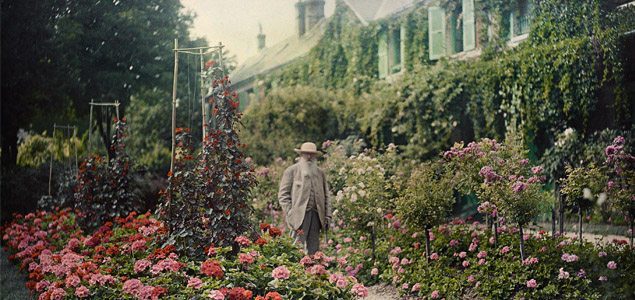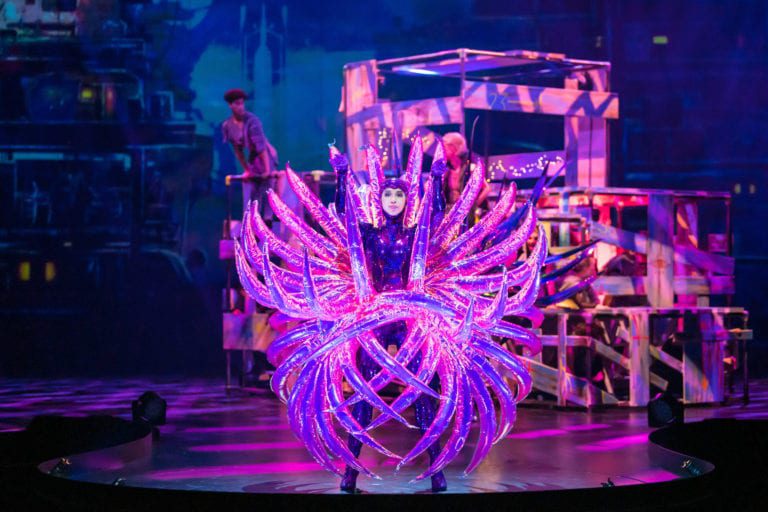Waterlilies, weeping willows and wisteria; it is not surprising that such ethereal plants inspired the grandmaster of impressionism.
But what is astounding, is how the same natural scenes, painted at various stages of Monet’s life, could display such varying emotion and uncover rare insights into the life and times of the famous artist.
Exclusive to Melbourne’s National Gallery of Victoria, Monet’s Garden: The Musée Marmottan Monet, Paris, is the largest collection of works by Monet ever to grace this part of the world. The once-in-a-lifetime exhibition features more than 60 pieces, most from the Musée Marmottan Monet, Paris that showcases the artist’s devotion to his iconic garden at Giverny.
The retrospective traces the evolution of Monet’s famous garden motifs over a 20-year period, uncovering the artist’s transition from Impressionist to what the museum describes as ‘the more personal pictorial idiom he adopted in later life’.
Visitors follow a mock sandstone wall (evoking the original French garden) around a bend and find themselves face-to-face with a pair of portraits of Claude Monet and his wife Camille, painted in 1873 by his peer, the legendary Pierre-Auguste Renoir.
The story continues, as viewers are taken on a journey from Monet’s early years and arrival to Giverny in 1883, after discovering the French village by accident on a train ride through the region.
A series of non-garden related works created in Normandy’s valley of the Seine, as well as on Monet’s travels to Norway and London, complete this introduction to the artist’s early career. They include the Field of yellow irises at Giverny 1887 and Houses of Parliament reflections on the Thames 1905.
Monet created these original pieces during the period he spent laying out in the garden at Giverny, the same one that would serve as muse for the remainder of the artist’s life. Interestingly, during the 15 years it took to plant and cultivate the grounds, the thought to capture the scenes in his work did not occur until much later on.
What follows is a magical walk through two large rooms of paintings covering every aspect of Monet’s garden, form the iconic Japanese footbridge, to the famous water lilies, irises, agapanthus, wisteria, weeping willow and alley of roses.
Artworks created in Monet’s final years as the artist began to lose his sight – never exhibited by Monet himself, and sourced from private collections around the world – are also a rare treat for visitors to the NGV. These works depict a ‘radical departure’ from Monet’s iconic style and evoke the frustration and anger of a period of fragility for the artist – an exceptional opportunity for art-lovers to explore this lesser known part of Monet’s life.
If that wasn’t powerful enough, the exhibition concludes with a specially commissioned filmic installation, entitled Last Day at Giverny, which immerses visitors in the beauty of Monet’s garden as it is today. A large screen spanning the walls of a dark room submerges the viewer into the garden, from sunrise to sunset.
Early photographs of Monet and his garden, which overlook a display cabinet featuring the artist’s paint dried palette, specially made glasses and pipe, are another treat for visitors to behold.
Monet’s Garden will be on at the National Gallery of Victoria from 10 May until 8 September 2013. Tickets on sale now: Adult $26 / Child $10 / Concession $22.50.
For more information visit: www.ngv.vic.gov.au







